Depth of field in photography, also known as photography DOF, is one of the key elements you need to know to master the photography basics.
Depth of field is so important because it’s related to the sharpness of your photograph, and it’ll completely affect the way you see the final picture.
In this guide to depth of field in photography, you’ll find everything you need to know about this topic: What affects depth of field? What is the best DOF? Should I use a shallow depth of field? All explained in a simple way so you can understand what is depth of field in photography and how it works.
Also, since depth of field is best demonstrated with images, you’ll find some depth of field examples, in addition to a depth of field chart to make DOF simple.
Ready to master depth of field in photography?
- What is depth of field in photography?
- What is a shallow depth of field?
- What is a large depth of field?
- Best depth of field In photography
- Depth of field factors
- Depth of field calculators
- Depth of field examples
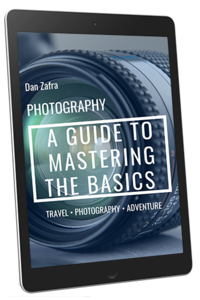
GET OUR FREE EBOOK TO
MASTER THE PHOTOGRAPHY BASICS
20 LESSONS AND 80+ PAGES WITH EXAMPLES, INFOGRAPHICS, TIPS, AND MORE!
What is depth of field in photography?
Depth of field (DoF) in photography can be defined as the space in the image that is relatively sharp and in focus. It is the distance between the nearest and farthest elements that are sharp and in focus in your photos.
To understand the meaning of depth of field better, it is the amount of the image that is acceptably in focus. For example, think about photographing two subjects that are at different distances from you. If only what is between one subject and the other is sharp, but everything else is blurred, the distance between the two subjects would be the definition of depth of field.
Understanding depth of field is essential for having all the important elements that you want in your image in focus, but before diving into that, let’s get familiar with the most common depth of field terminology.
What is a shallow depth of field?
A shallow depth of field is considered a short focus; that is, the line between the nearest and farthest elements that are sharp and in focus is very short, or, in other words, there’s a small portion of your image in focus.
Shallow depth of field is also known as a short depth of field or narrow depth of field. The important thing is to understand what exactly is a shallow depth of field and, especially, when you should use a shallow depth of field.
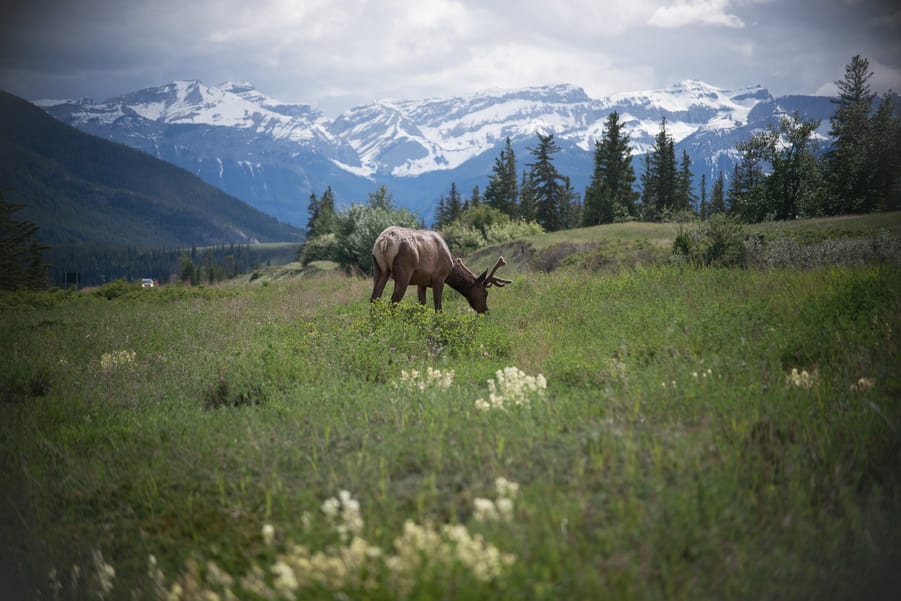
Shallow depth of field. Only the main subject is in focus – 105 mm, 1/2500 sec, f/4.5, ISO 400
A shallow depth of field is controlled by a series of elements that you’ll find below, with aperture being the most important (the larger the aperture, the shallower the depth of field).
What is a large depth of field?
Conversely, a large depth of field is a greater depth of field, which means that a larger amount of the image is in focus. In this case, the line between the nearest and farthest elements that are reasonably sharp is long.
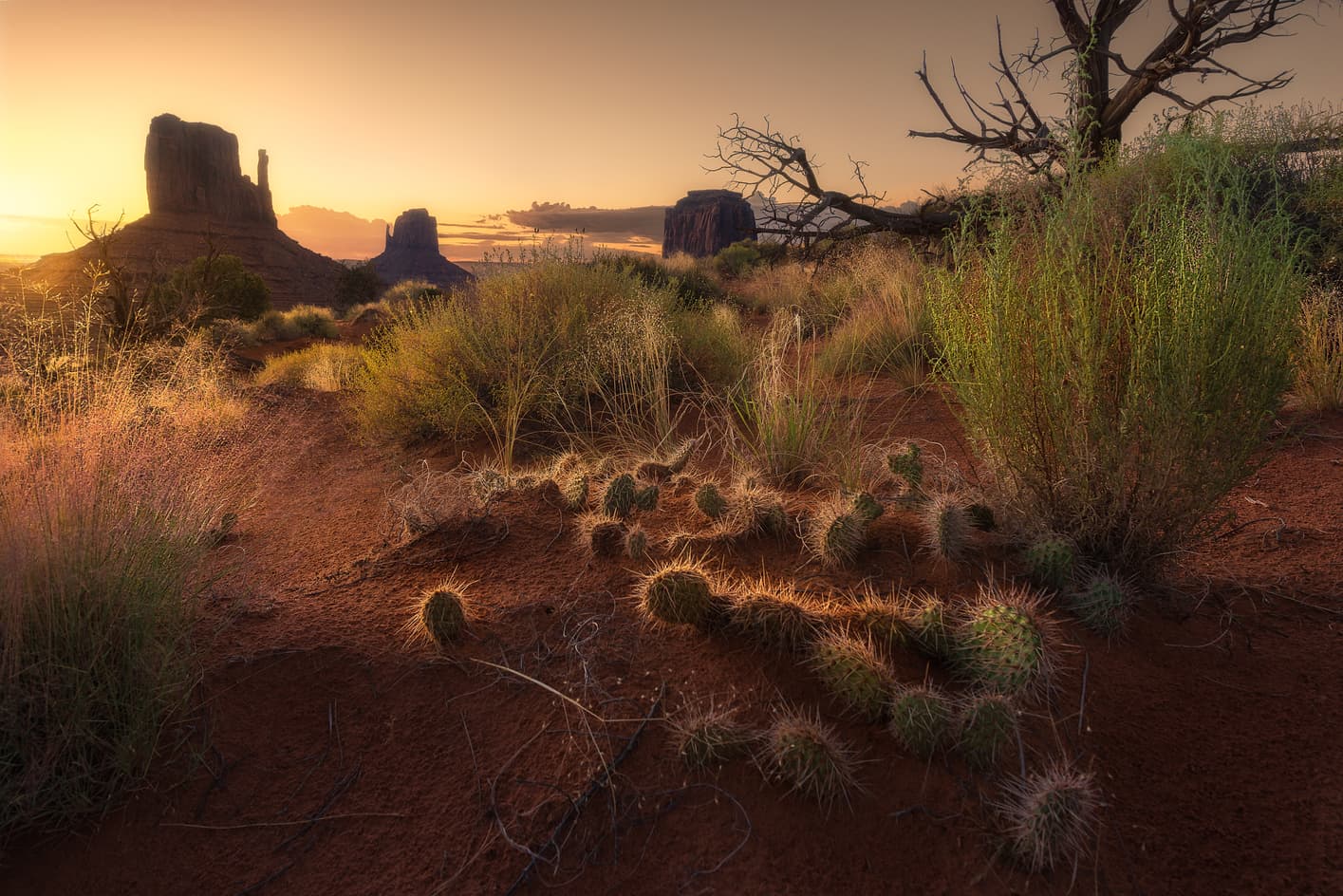
Great depth of field. The entire image is acceptably in focus – 18 mm, 1/4 sec, f/8, ISO 640
A large depth of field is also known as deep depth of field or great depth of field, and it’s caused by different elements, with focal length being one of the most important. As an example, wide-angle lenses allow a greater depth of field.
Best DOF in photography
Once you know what depth of field is and understand the DOF definition, the next step is knowing which is the best DOF in photography and how you can adjust the depth of field to achieve your goals.
In photography, there is no such thing as the best depth of field; it depends entirely on the subject that you’re photographing and your artistic goals. For example, most landscape photographers aim at having the biggest possible area of their images in focus, and, therefore, they use a deep depth of field. However, when shooting a portrait, it’s common to have the background be out of focus, something that’s also known as “bokeh” effect, which is the result of using a shallow depth of field.
That said, it’s fundamental that you understand the depth of field factors and which depth of field to use depending on the situation and the subject that you’re shooting. Also, it’s crucial to understand focusing in photography and what are the focus areas and modes.
To know which is the best depth of field in your photography, the first essential thing is to learn the main factors that affect depth of field so you can adjust the DOF in your images later according to your taste and goals.
Depth of field factors in photography
There are four main factors that affect depth of field in photography, and you’ll see them in-depth below.
Depth of field and aperture
The first factor is the relation between aperture and depth of field.
In photography, the aperture is linked to the DoF in your image. To put it simply, the larger the aperture you use, the shallower the depth of field will be. On the other hand, the smaller the aperture you use, the greater the depth of field will be in your image.
As you can see, the F-stop and the depth of field will be responsible for creating whatever amount of your image is in focus. There are other elements that affect DOF, but as a depth of field photography tip, before thinking about other settings of the exposure triangle, adjust your aperture first according to the depth of field and the elements in your image that you want in focus.
DOF and focal length
The second factor is the depth of field and the focal length that you’re using.
In this case, the shorter the focal length, the larger the depth of field will be, whereas the longer the focal length, the shallower the depth of field. Following this logic, the depth of field in a 50 mm lens will be shallower than the DOF in a 35mm lens.
The reason for this is physical. If you think about a wide-angle lens, all the elements in the far distance are smaller and, therefore, it’s easier to focus on everything, whereas in longer focal lengths like telephoto lenses, there is a relationship between magnification and depth of field; the elements in the far distance will be larger and, consequently, it’ll be more difficult to focus on a large area.
The best lens for depth of field depends completely on the scene that you want to capture. For example, the best lenses for a shallow depth of field are usually telephoto and fast lenses that offer a wide aperture.
On the other hand, the best lenses for having a large depth of field are wide-angle lenses, since you can focus at the hyperfocal distance and have practically your entire image in a reasonable focus.
You can learn more about this topic in our guide on focal length in photography.
DOF and focusing distance
Depth of field and distance are also two inseparable elements. The closer you are to the subject that you want to shoot, the shallower the depth of field will be, whereas the further you are from the main element, the greater the depth of field will be in the image.
A good DOF tip is to adjust the depth of field before setting the tripod so you can move in case you’re too close to the foreground and need a larger depth of field. You’ll get the result you want if you move according to the depth of field and focusing distance from your main subject.
To have what you want in focus, check our guide on how to focus in photography and the focus modes explained.
DOF and sensor size
The last factor is the relationship between the depth of field and the camera sensor size.
Considering we’re using the same focal length, the larger the sensor size, the larger the depth of field, and the smaller the sensor size, the narrower the depth of field you’ll see.
*Please note that we’re considering the same focal length in this depth of field comparison. If we consider the same field of view, the depth of field will be narrower in cameras with larger sensors and larger in cameras with cropped sensors.
In APS-C cameras, for example, the sensor size is cropped, which means that normal focal lengths have a multiplication factor x 1.5. As we explained above in the focal length vs. DOF section, a 35 mm in a full-frame camera is roughly a 52 mm focal length in an APS-C camera, which means that the depth of field will be narrower in the cropped-sensor camera.
As with lenses, there is no such thing as the best camera for depth of field. The camera to use will depend on the DOF effect that you’re seeking. In my case, for example, I always look for a large depth of field in landscape photography (which is the main genre I shoot), so the best camera for me in terms of depth of field is a full-frame sensor camera.
You can learn more about this in our guide to camera sensor size in photography.
You can also “break the rules” to increase your depth of field by doing a focus stacking. This is, however, a more advanced technique that I don’t recommend doing if you are still starting out in photography.
Best Depth of field calculator
There is a formula for depth of field calculation, but unless you’re a Ph.D. in math, I don’t suggest using it.
The best way to calculate the depth of field is to use a depth of field calculator in an app or a depth of field calculator online like this one.
Some of the best depth of field calculator apps for iPhone and Android are Photopills and Depth of field calculator. On these apps, you can enter your depth of field camera settings, and they’ll provide the hyperfocal distance and depth of field chart.
In Photopills, there’s even an augmented-reality DOF view, where you can see which elements will be in focus.
In my opinion, depth of field calculator apps are a good way to understand depth of field in photography, but once you practice and shoot for a while, you’ll learn how to calculate the depth of field spontaneously.
Depth of field photographs and examples
Beyond the theory, depth of field is best demonstrated with examples, so below you’ll find a DOF comparison of different depth of field images.
example of shallow depth of field in photography
This is a great example of a shallow depth of field. Using a small aperture and getting closer to the subject, I could focus on the glass with the logo, leaving the other glasses out of focus.
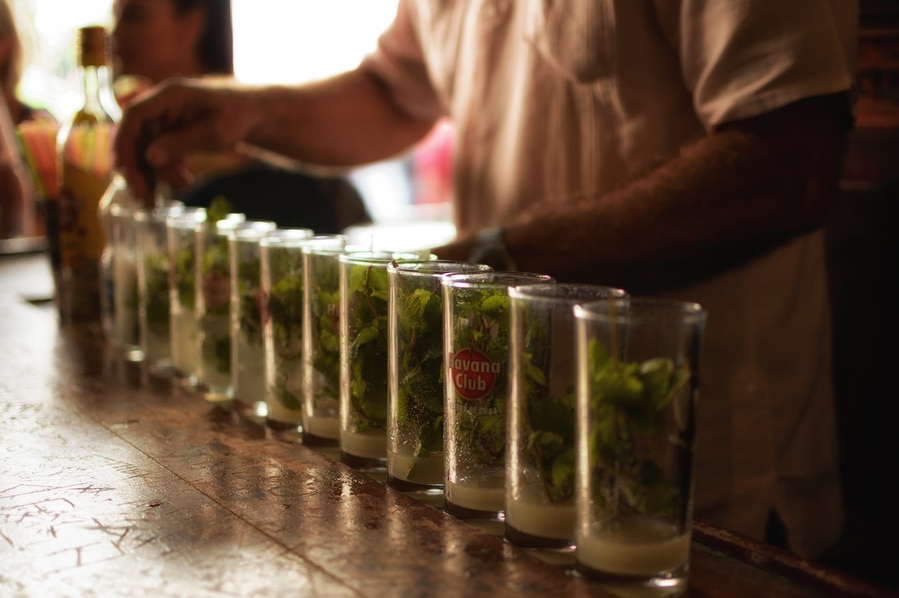
35 mm (APS-C sensor) – 1/200 sec, f/2, ISO 200
Example of large depth of field
In this case, you can see an example of a large depth of field. The focal length was too long, considering the short distance from the foreground, so I had to close the aperture to increase the depth of field.
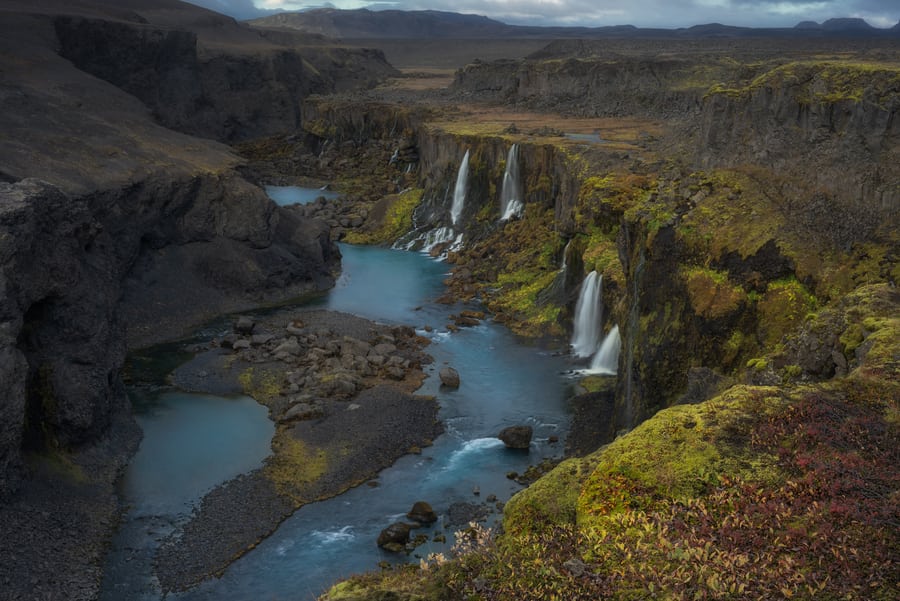
50 mm – 1/5 sec. f/20, ISO 100
Example of shallow depth of field in wildlife photography
It’s common to see examples of small depth of field in wildlife photography, since this genre is usually shot using telephoto lenses and small apertures. In this case, everything was out of focus except the main subject.

400 mm – 1/2500 sec, f/6.3, ISO 400
Example of large depth of field in wildlife photography
There are some exceptions and examples of large depth of field in wildlife photography; this is one of them. The goal was to have everything in focus so the grizzly bear could be integrated into the landscape, so I decided to get closer in order to use a shorter focal length and close the aperture.
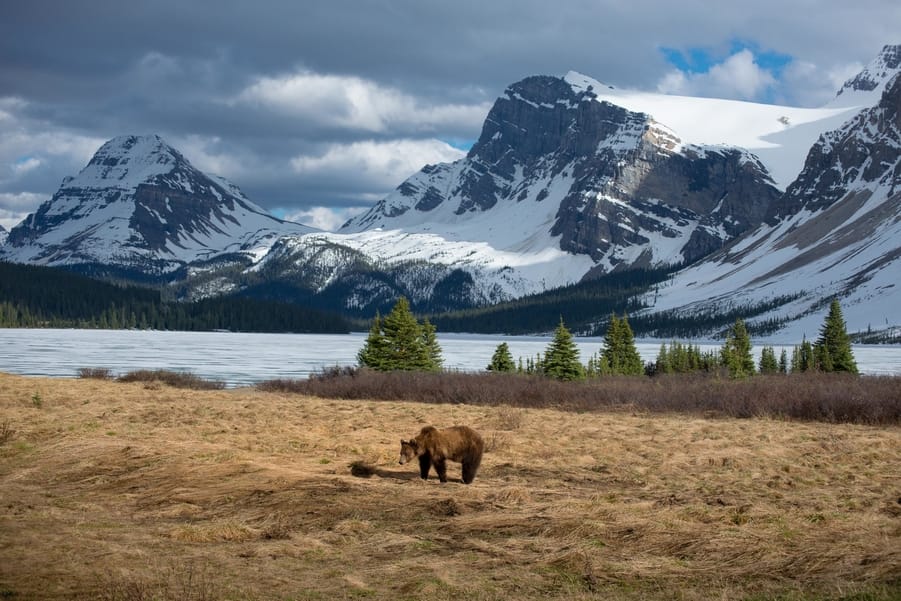
55 mm – 1/500 sec. f/11, ISO 320
Example of small depth of field in landscape photography
When you shoot using telephotos, you can see examples of a small depth of field in landscape photography, like in the picture below. Despite the fact that I used a narrow aperture, only the foreground is acceptably in focus.
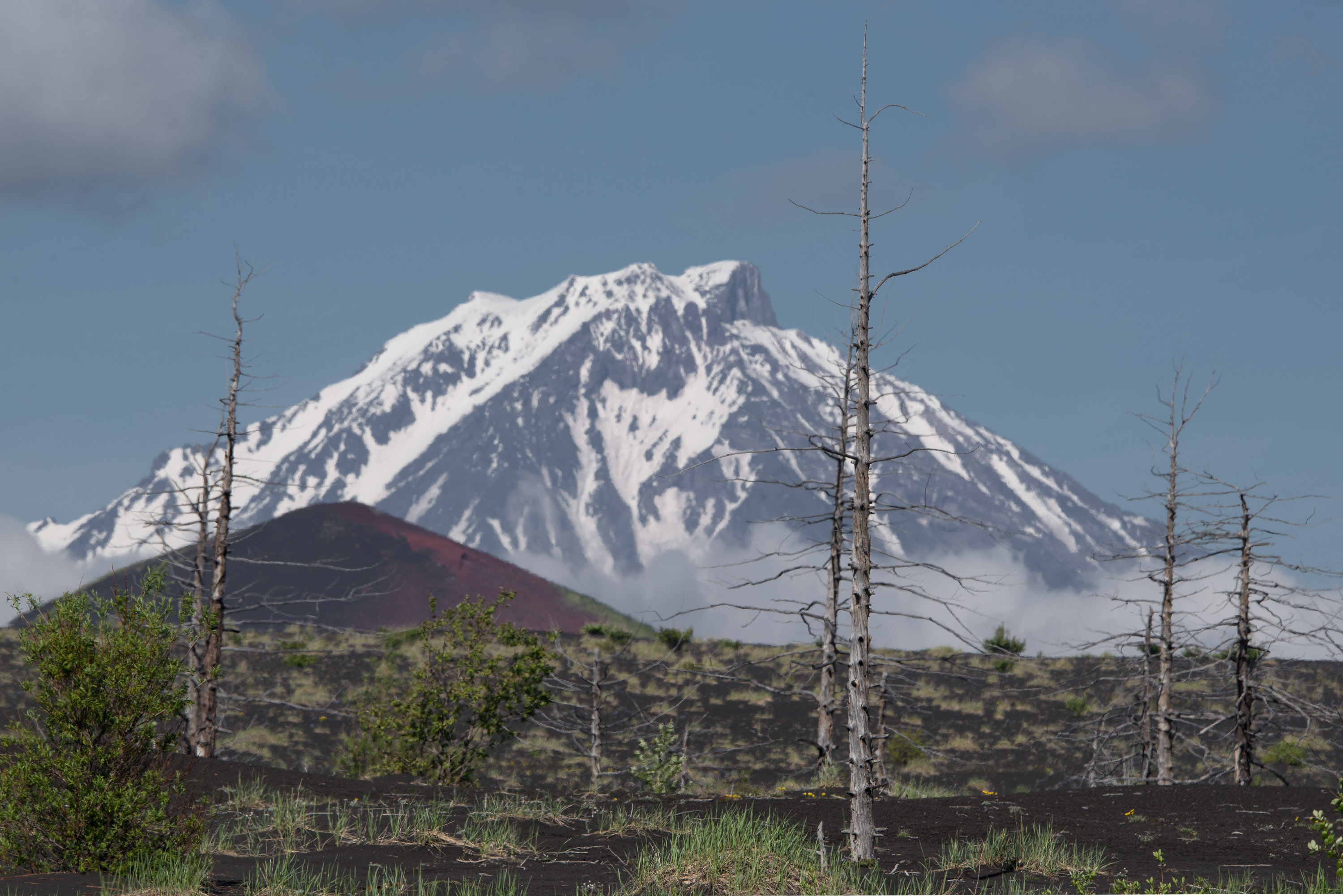
290 mm – 1/1250 sec, f/11, ISO 250
Example of Deep depth of field in landscape photography
Most of the examples of depth of field in landscape photography are deep DoF, like in the image below. To keep everything in focus, you need to use small apertures and keep the distance from the main elements of the scene under control.
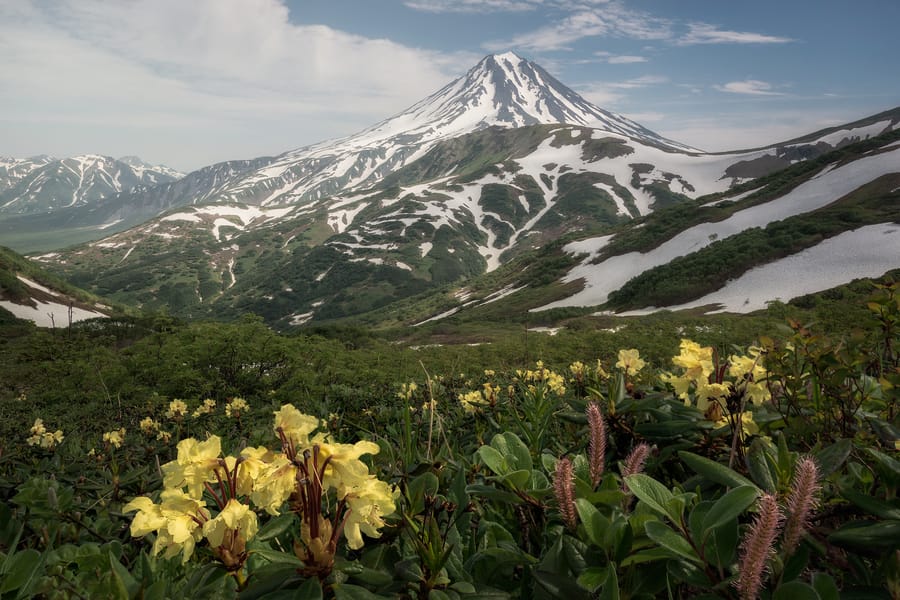
24 mm – 1/100 sec. f/11, ISO 100
Example of shallow depth of field in portrait photography
In this case, you can see an example of shallow depth of field in portrait photography. Using the biggest possible aperture, we can focus the attention on our subject, leaving the rest of the scene out of focus.

35 mm – 1/40 sec. f/1.8, ISO 400
example of a large depth of field in portrait photography
Conversely, in this other example of depth of field in portrait photography, the DoF is large, since we want to include the subject in the landscape. Another example would be to shoot a portrait of a group of people where we want to have everyone in focus.
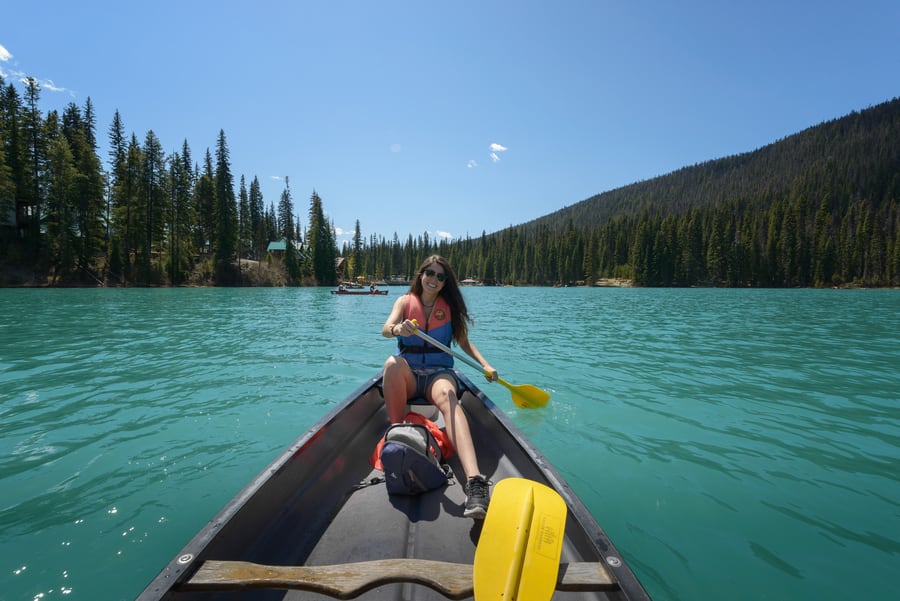
14 mm – 1/200 sec. f/11, ISO 200
Depth of field F.A.Q
Below, you’ll find my responses to some of the most common questions for understanding depth of field in photography.
Conclusion
As you can see, understanding depth of field in photography is crucial in order to achieve your photographic goals. Adjusting and controlling the DOF, you’ll make sure that everything in your images is as sharp and focused as you want it to be.
In addition to all the information in this depth of field photography guide, I encourage you to go out and shoot as much as you can. That way you’ll know which is the best DOF in each scenario, become familiar with the differences between a shallow vs. large depth of field, and be able to calculate the DOF that you need instantly.
Checking our guide to aperture in photography and our guide to camera sensor size is a good way to complement all the depth of field basics and examples.
And last, but not least, knowing how to focus in photography and what are the focus modes and areas is crucial to get the pictures you want. You can get all this information by downloading my PDF photography basics guide.
Don’t forget to save and keep the depth of field cheat sheet with you, and don’t hesitate to leave any questions related to depth of field in the comments!
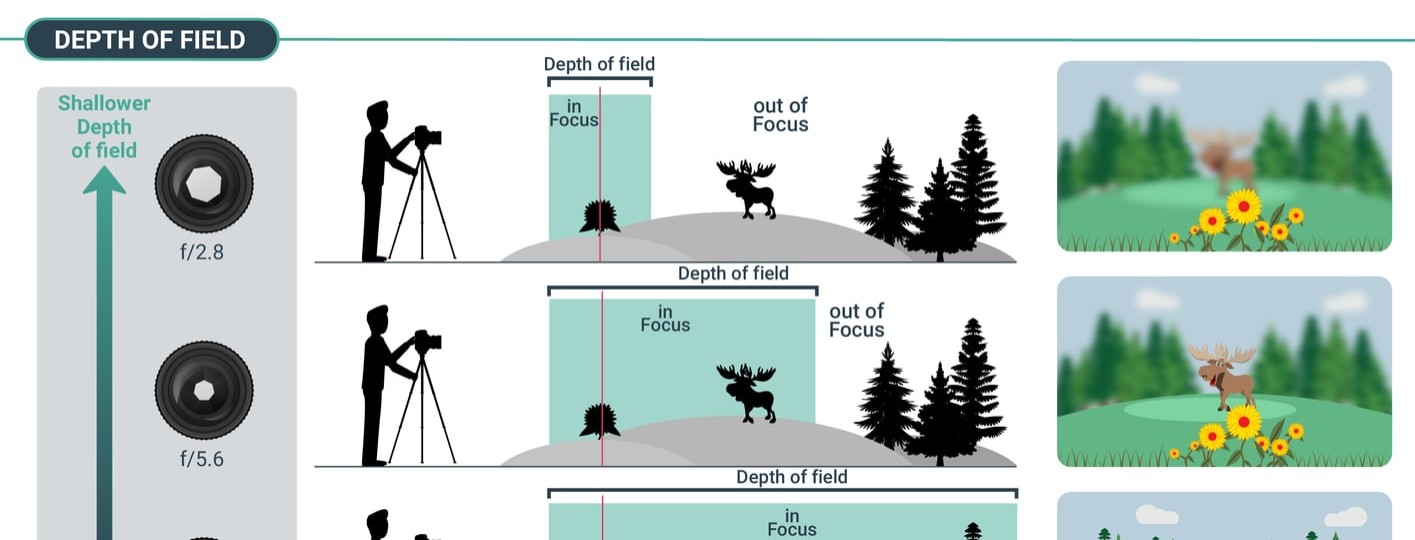
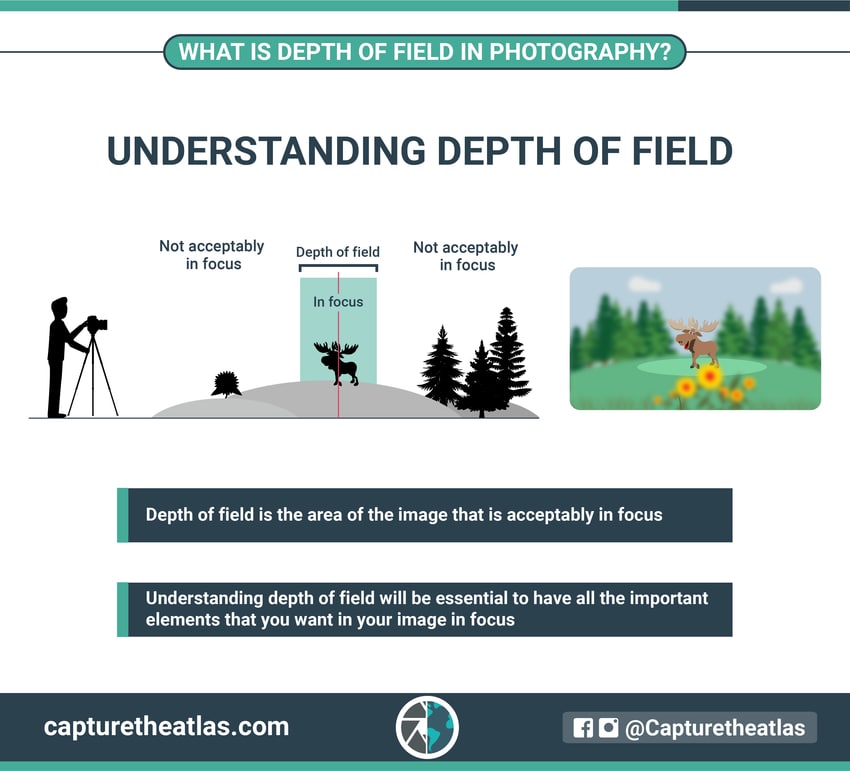
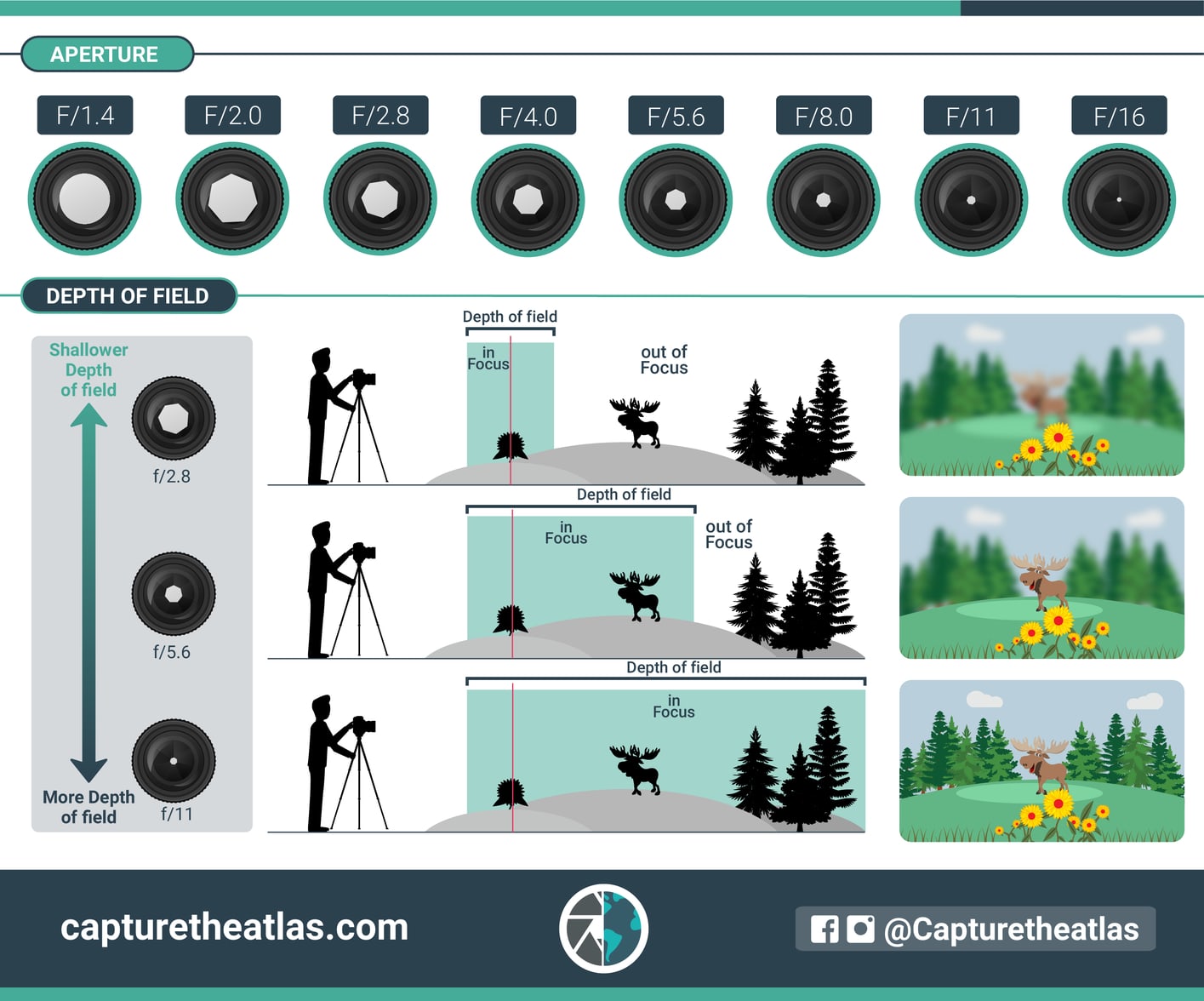
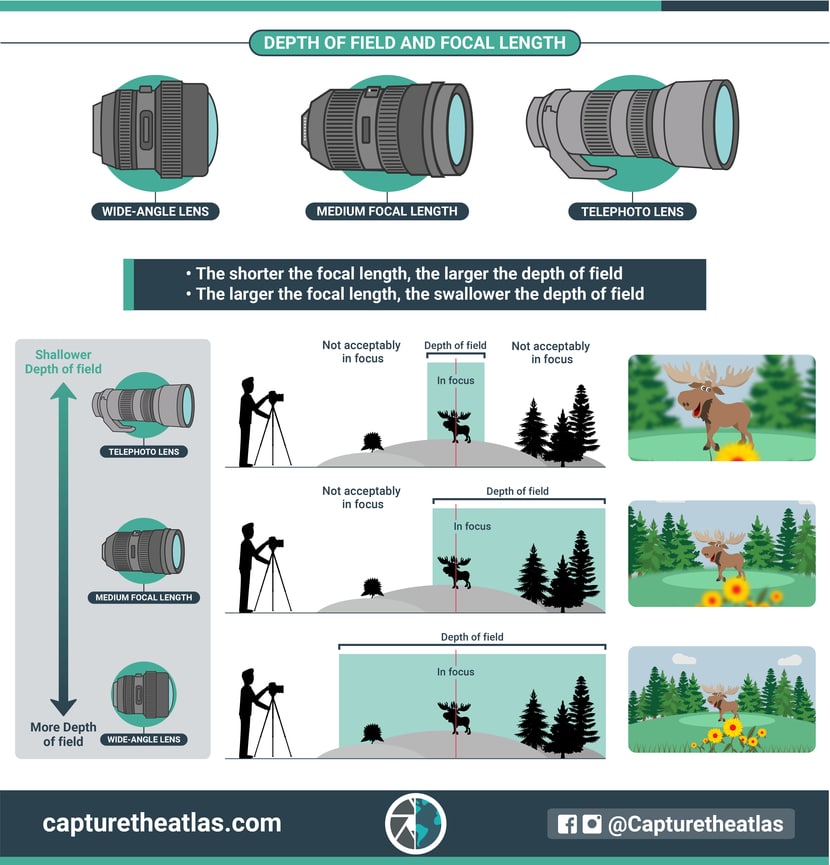
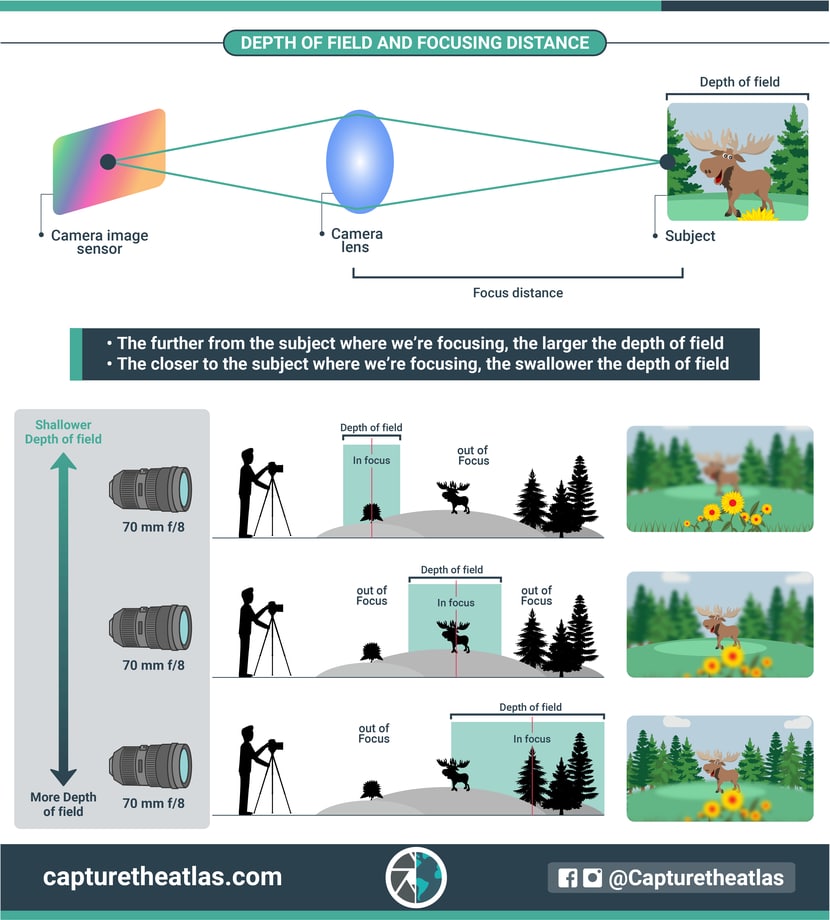

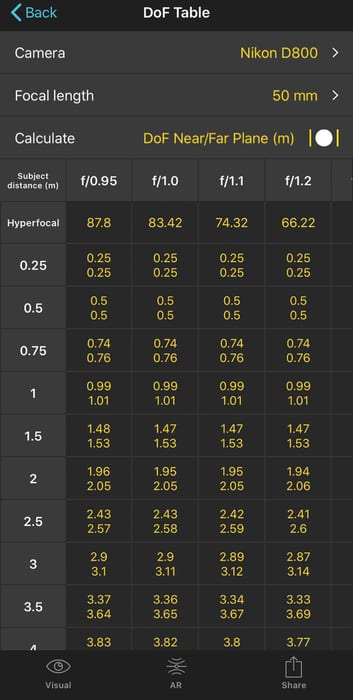
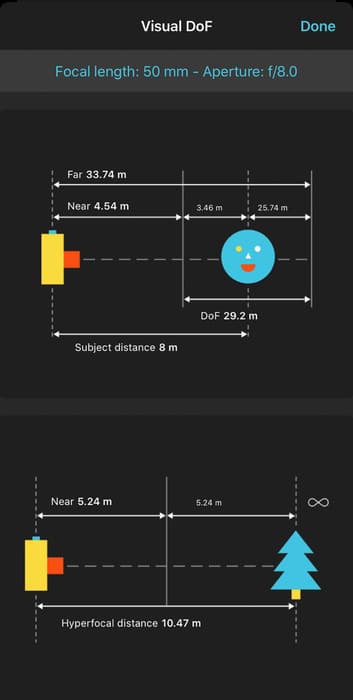
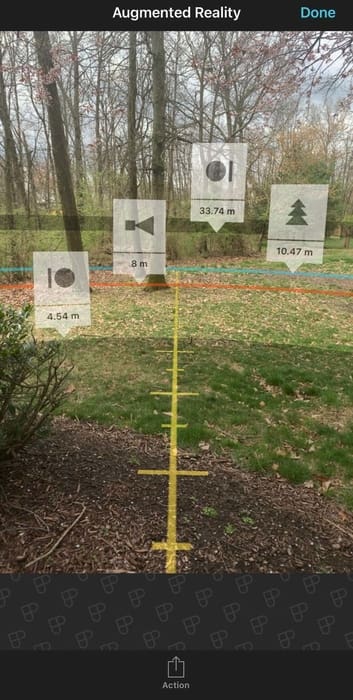
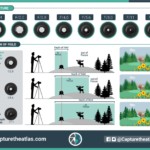
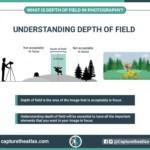
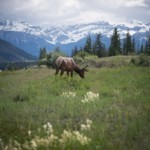
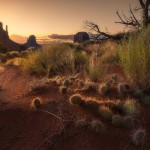
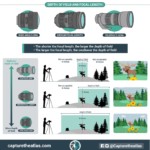



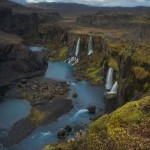


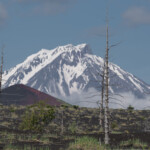



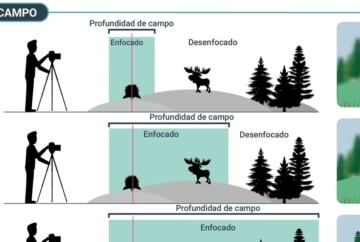
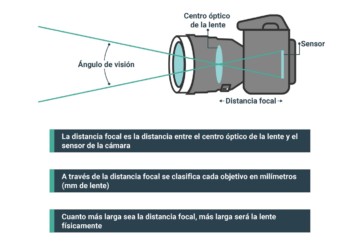
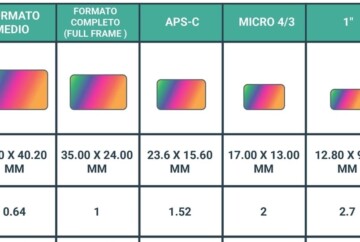


hi
thanks a lot for a great information
but in the ” Photography – lighting ” book of David Prakel it is written that the smaller size sensor have a lard DOF . which one is correct
Hi Ladan,
The sensor size doesn’t affect the DOF when you view it at the same magnification, same focal length, same aperture and same distance. The problem is that to have the same framing to compare it, you need to decrease the focal length of the smaller sensor or increase the distance of the subject. That’s when you’ll see the difference: slightly larger DOF with the crop sensor.
Dan,
I appreciate you for the great tutorial on DoF. I learned a lot about the principles of digital cameras and images from this site.
Hi John, so glad you learned. Thanks so much for reading.
I’m sorry, but the part about the sensor size and DOF is just wrong.
Considering we use the same lens and same distance to the subject, only swapping the camera on the back, the DOF will not change, only the field of view.
DOF changes only between sensor sizes on the same lens, when you adjust your distance to subject to adjust for the framing.
You’re right, the sensor size doesn’t affect the DOF when you view it at the same focal length, same aperture and same distance.
All hail Sir Dan!!
I came across this while looking for examples to show my kids about DOF; even experienced photographers can learn a thing or two from this. Thank you for the well-written and well-illustrated article.
Thank you so much Thisvi!!
Thanks Dan Zafra
I found alot of helping photography knowledge from you.
I appreciate you
Thanks! Happy to see it helped!
i think its ever best photography course I already searching 6 months in all platforms like YouTube but i have not seen this kind of explanation
Thank you! Glad to see it helped!
Great posts all over this site! The visual breakdowns and infographics you’ve put together are really helpful. Thank you, this all seems like it was quite a lot of work to put together!
This part need to correct:
“In APS-C cameras, for example, the sensor size is cropped, which means that normal focal lengths have a multiplication factor x 1.5. As we explained above in the focal length vs. DOF section, a 35 mm in a full-frame camera is roughly a 52 mm focal length in an APS-C camera, which means that the depth of field will be narrower in the cropped-sensor camera.”
Focal length is physical property of lens that will never change despite of the camera body crop sensor or full frame. Change in field of view won’t change focal length.
So here is the benefit of full frame over apsc body:
1. at the same distance 52mm lens on full frame body give shallower depth of field compare to 35mm lens on APSC body.
2. bigger sensor + bigger lens size 52mm allow more light compare to smaller sensor + smaller lens (I assume here 35mm lens is smaller than 52mm lens in glass size which not always the case with zoom lens line 70-200mm)
Hi Danny,
Please bear in mind that we’re considering the focal length, not the field of view. For that reason we mention the following note in the article: “*Please note that we’re considering the same focal length in this depth of field comparison. If we consider the same field of view, the depth of field will be narrower in cameras with larger sensors and larger in cameras with cropped sensors.”
As regards the lens size, bigger size/more diameter doesn’t mean brighter. My Sony 20mm f/1.8 is fairly small in diameter and size and it’s much brighter than my big Sony 200-600 mm.
Hope this helps to clarify,
Dan
Guidance , tutorial and discussion is very nice. It’s not understood how to calculate the DOF and Hyperfocal distance from the table. Are Hyperfocal and zone of focusing same? How I prepare the DOF cheat sheet?
Thanks Subrata.
To calculate the DOF and hyperfocal distance, you can use any chart or app (I suggest the last option), and inserting your camera model, aperture, and focal length, you’ll get the focusing distance that maximizes your depth of field.
The hyperfocal distance is simply that, a distance to which you direct your focus point 😉
Hope this clarifies,
Dan